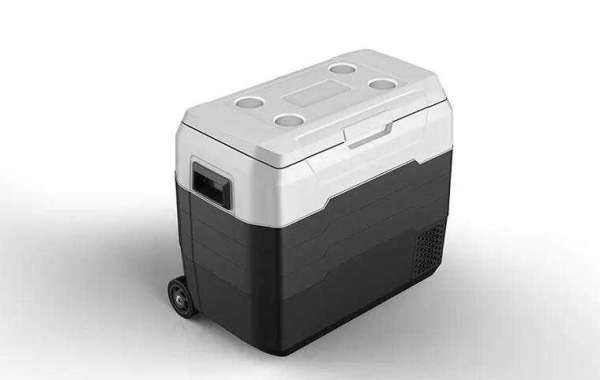Compressor refrigerators are the most common type of 12-volt cooler refrigerator you'll see on the road, and for good reason. These 12-volt refrigerators are typically designed for use in 4×4 vehicles and boats and are built with durability and efficiency in mind—two things you really need in an off-grid adventure vehicle.
These 12-volt small portable car refrigerators feature high-efficiency, variable-speed compressors that consume very little power and can be used as refrigerators, freezers, or both, and they come in a variety of configurations including chest, upright, and dual-zone refrigerators/freezers— — They are usually able to operate at an incline of up to 30 degrees (other types of refrigerators need to be perfectly level when operating). This combination of features makes these 12-volt portable refrigerators ideal for everyday travel.
As great as compressor refrigerators are, they do have one downside - cost. These 12-volt refrigerators are more expensive than other options, and that's before you consider the need to add auxiliary batteries and charging methods such as solar panels or battery isolators.
However, if your goal is to turn your van into a comfortable off-grid mobile home, investing in a high-quality 12V compressor refrigerator is totally worth it.
If you are financially limited then you can build your own fairly efficient refrigerator with a freezer. Freezers tend to have thicker insulation than refrigerators, which means your DIY fridge will be more efficient than a standard mini-fridge.
You can take a freezer, plug it into a small inverter, and connect it to the thermostat you set to the temperature of the refrigerator. The thermostat is connected to a relay that turns the inverter on and off as needed. When the temperature inside the refrigerator is higher than our target, the relay turns on the inverter. Once the refrigerator reaches the low temperature you set, the relay turns off the inverter. This keeps it from overcooking and also keeps the power draw from keeping the inverter on all the time.







